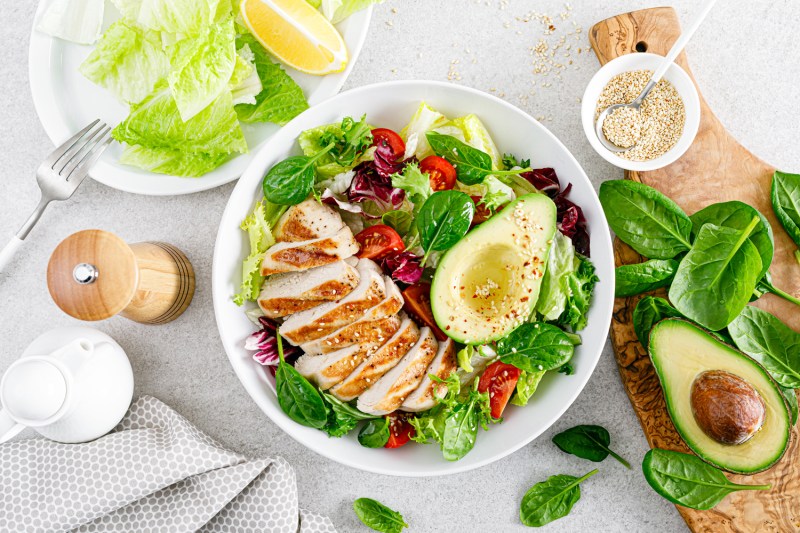
There’s nothing more frustrating than hitting a weight loss plateau. Even after eating healthy foods, exercising regularly, and sticking to your new lifestyle habits, sometimes the weight just won’t budge. In these scenarios, tools like fat fasting might be the “leg up” your body needs.
By now, you’re likely to have heard of intermittent fasting, another tool to help accelerate weight loss efforts. Unlike intermittent fasting, which involves going for prolonged periods without food, fat fasting focuses more on the macronutrients you consume and less on the timing of food.
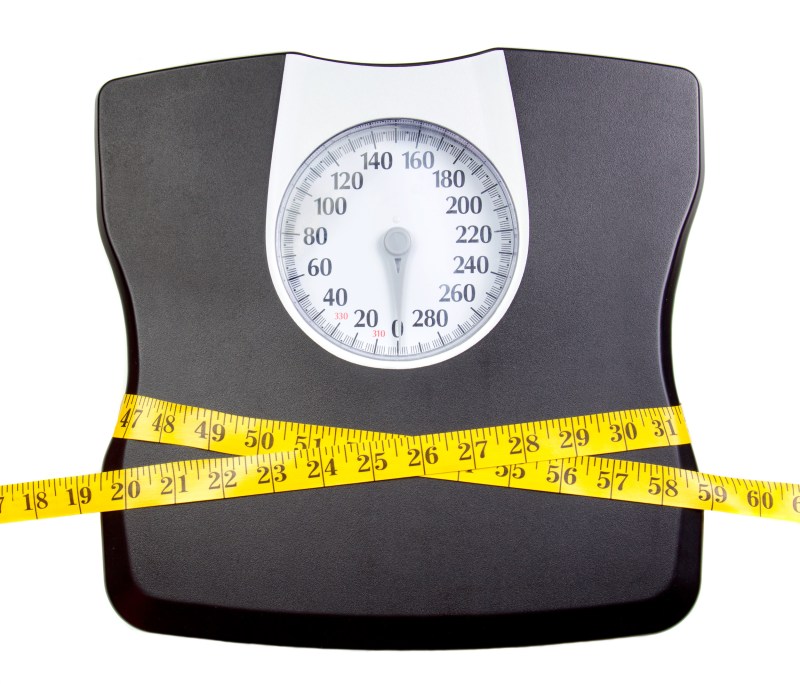
What do you eat during a fat fast?
The goal of a fat fast is to kick your body quickly into a state of ketosis, a method to help enhance fat burning. A fat fast can last anywhere from two to five days and involves consuming only foods high in fat and low in carbohydrates. In general, you’ll want to consume about 1,000 to 1,200 calories during a fat fast, of which 80 to 90% of your calories come from fat.
A fat fast defies the meaning of a true “fast,” which involves abstaining from food completely. Although fat fasting is not a true fast, the idea behind this method is to “trick” your body into thinking it’s fasting. In turn, this can be a helpful tool for those facing a weight loss plateau and looking for a way to help jumpstart their weight loss.
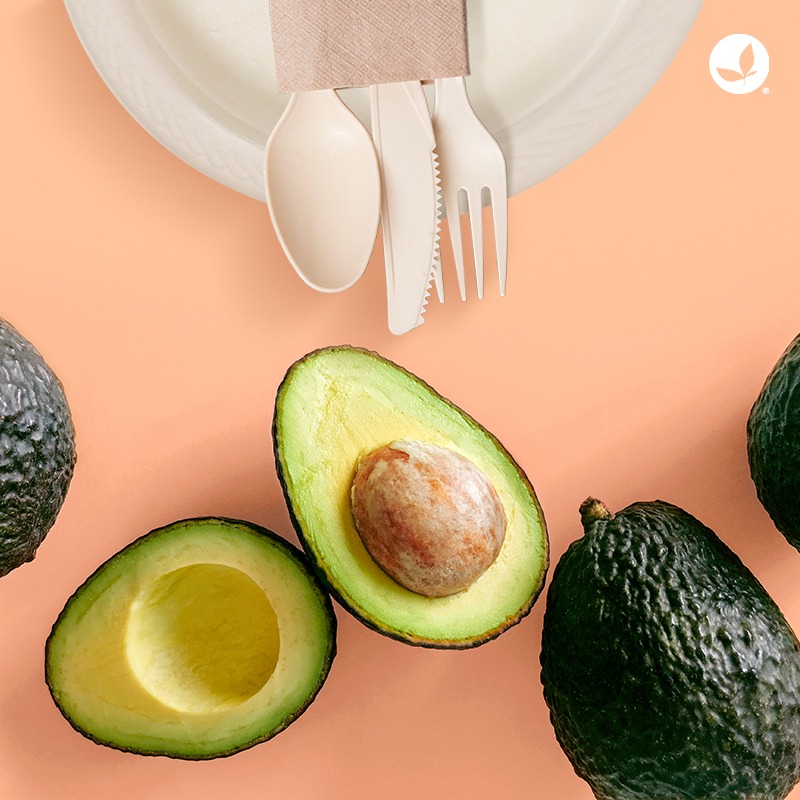
Is fat fasting a good way for fat loss?
Fat fasting pushes your body into a state of ketosis, where your body is fueled by fat instead of carbohydrates. In a state of ketosis, your body obtains its energy by channeling fats to the liver to break down into molecules known as ketones.
Many people achieve this state of ketosis long-term by practicing a ketogenic diet. In order to maintain a state of ketosis, a person must keep carb intake very low and fuel the body with primarily fats and proteins.
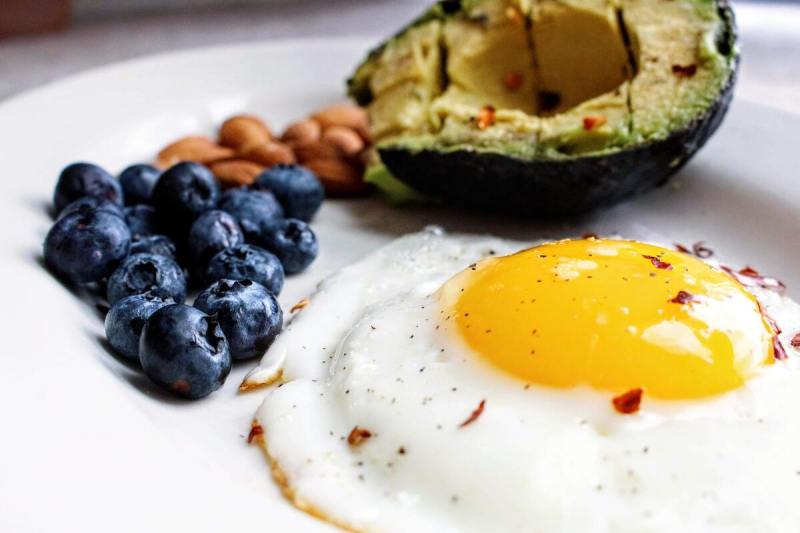
Who should use fat fasting?
Fat fasting is ideal for people looking to enter a state of ketosis quickly, helping to jumpstart weight loss. However, fat fasting can also be used to help people transition into a keto diet or to boost ketone production in the body. By reducing calories and consuming primarily fats for two to five days, your body can quickly enter ketosis and transition into a “fat-burning” mode.
For people already on a keto diet who have experienced a weight loss plateau, fat fasting may be a helpful tool to break through the plateau. On the other hand, some people also utilize fat fasting to get back into ketosis after a cheat day.
Although fat fasting for short periods is generally considered safe for most adults, elderly individuals, children, or pregnant women should avoid fat fasting.
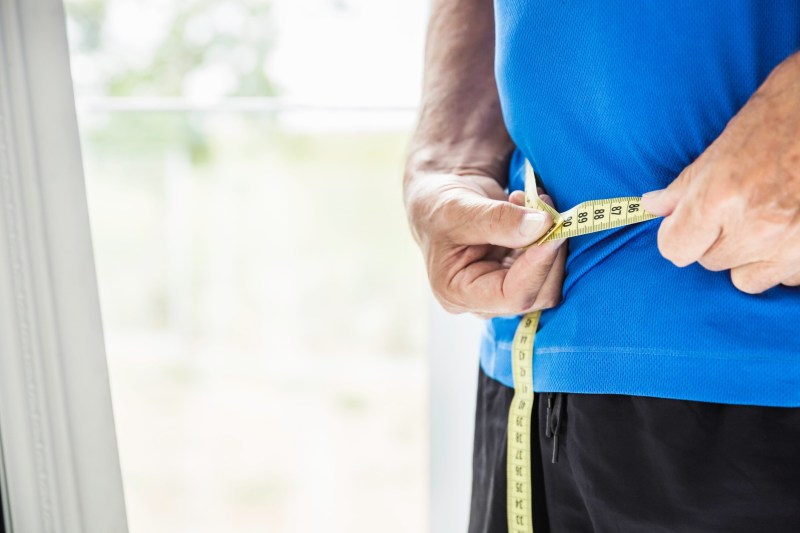
How long can you stay on a fat fast?
A fat fast should only be used as a short-term tool. Due to the restriction of calories for two to five days, this should not be used as a long-term weight loss plan. Using a fat fast to help accelerate losing weight occasionally is acceptable; however, it’s important to consume a well-rounded diet following a fat fast.
Those who eat a standard keto diet generally consume between 65 to 90% of calories from fat, 10 to 30% protein, and under 5% of calories from carbs. This ketogenic state helps keep stable blood sugars and lower insulin levels, helping to support weight loss. Following a fat fast, transitioning to a keto diet may help you to continue losing weight.
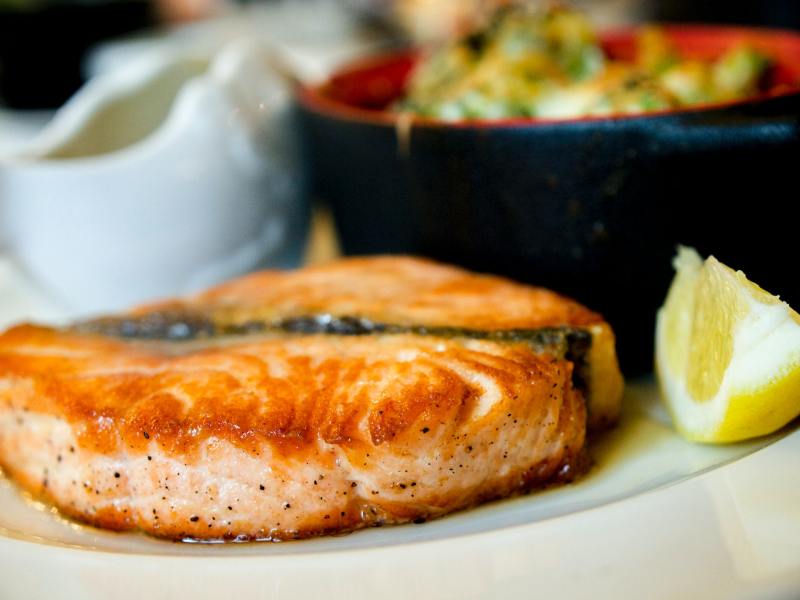
What to eat on a fat fast
Think you want to give a fat fast a try? To help break through that weight loss plateau, you’ll need to commit to eating a high level of fat for two to five days. Foods that are high in carbohydrates or protein should be avoided while fat fasting.
- Foods to consume during a fat fast include high-fat fish or meats, such as bacon or sardines.
- Consuming whole eggs with high-fat oils and spreads (olive oil, coconut oil, mayo) is also a great option.
- High-fat dairy products, such as butter, cream cheese, or heavy cream, can also be consumed during a fat fast.
- Vegetables can be consumed in moderation if they are low-carb and high-fat, such as avocados or olives.
- High-fat nuts and nut butter (that are low in sugar), such as macadamia nut butter, can also be consumed during your fat fast.
- Throughout your fat fast, be mindful of consuming foods that are too high in protein, such as chicken or steak.
To help ensure you’re achieving the appropriate fat percentage, it may be helpful to track your food consumption with an app like Cronometer.
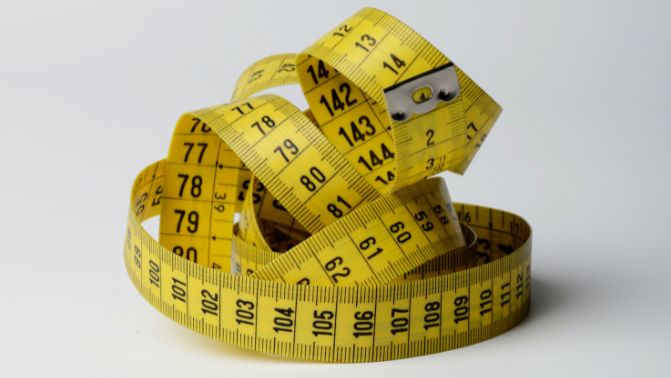
Should you try fast fasting?
Changing things up might just be what your body needs to jumpstart weight loss. Before you try a fat fast, it’s important to familiarize yourself with potential side effects that could occur if your body is not used to entering a state of ketosis. Although mild, preparing for these potential side effects can help you to better manage your fat fast.
While research on fat fasting itself is limited, plenty of research supports the ability of a ketogenic state to help elicit weight loss. After you’ve familiarized yourself with the concept of fat fasting and understand the science behind it, it might be worth giving this health “trick” a chance to help break that stubborn weight loss plateau.



